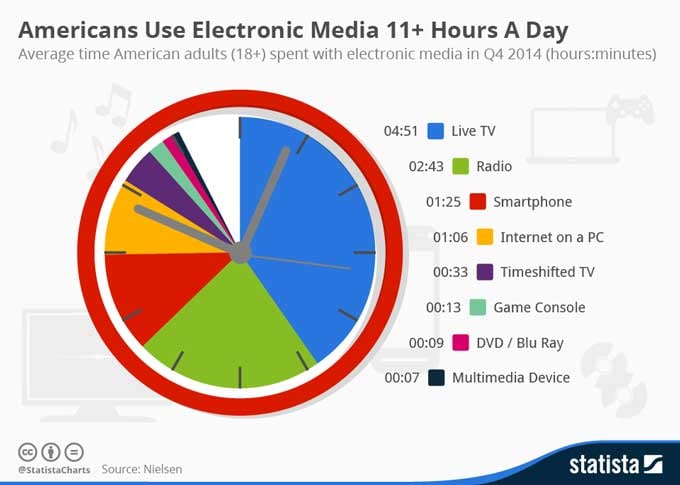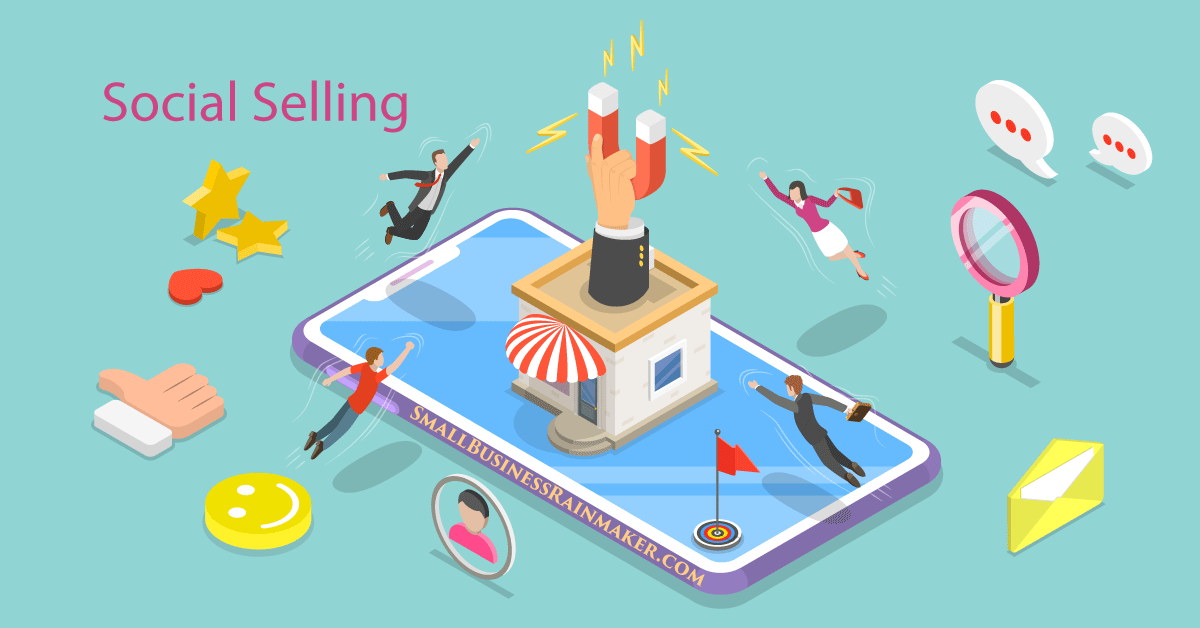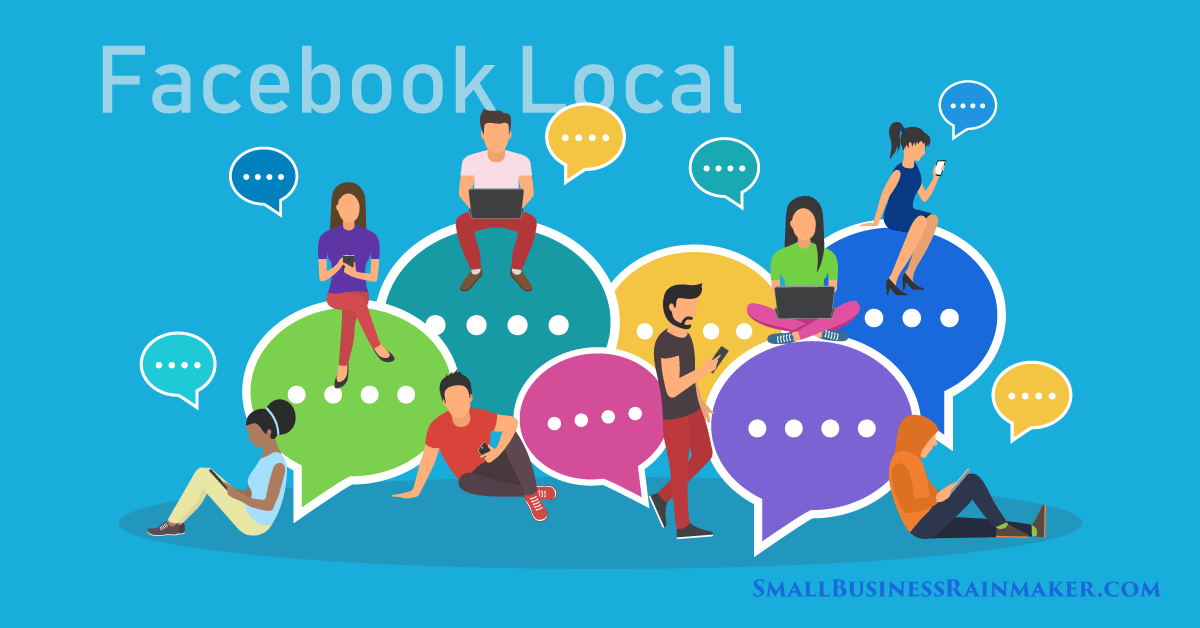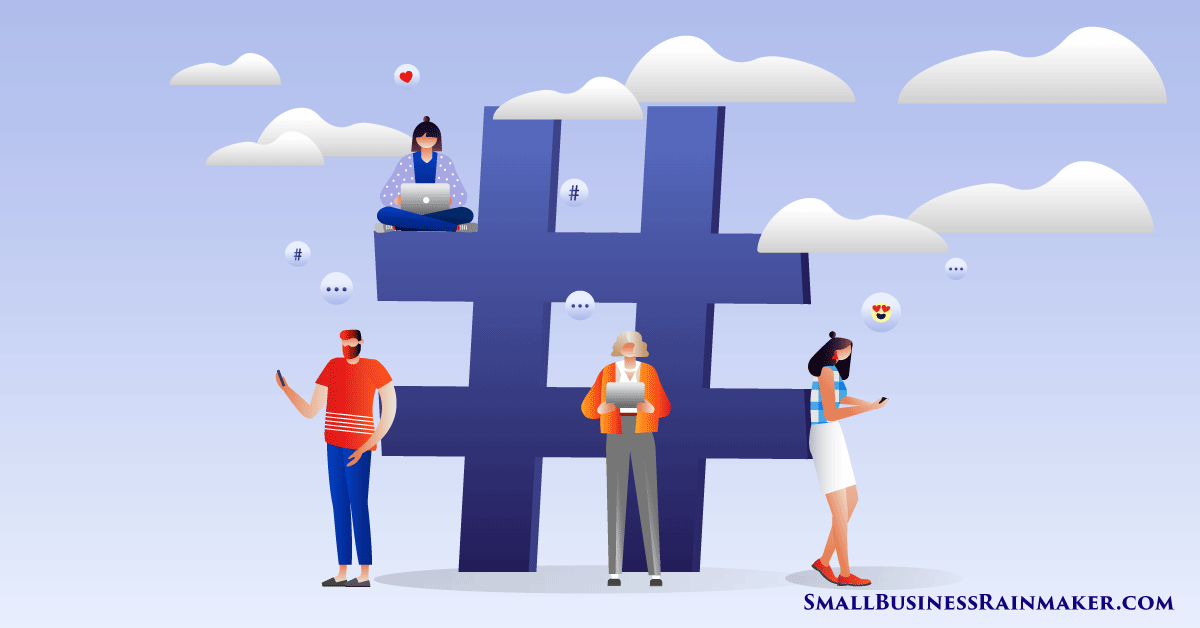
Remember the days when you could rely on newspaper ads, Xeroxed flyers, and billboards to spread the word about your business?
Believe it or not, we’re entering an age when not many people will. Those previously effective marketing tactics still exist, but they are taking a back seat to digital marketing efforts that rely less on tangibles and more on pixels.
The Basics of Digital Marketing for Small Business
Despite the overwhelming amount of information available on digital marketing, it doesn't have to be an overwhelming topic for you and your business. Let's define it, give you some examples, and show you how to create a simple marketing plan to get started today.
Digital Marketing Definition
Digital marketing is any type of marketing that uses electronic devices. There are two types of digital marketing: online digital marketing and offline digital marketing.
Online digital marketing relies on the internet, whereas offline digital marketing uses avenues like radio and television to spread the word about a business or product.
Role of digital marketing
This off-paper type of marketing relies on electronic devices to spread the message about a product, service, or brand.
The role of digital marketing is to get as many eyes on your business as possible to bring you more customers, and therefore more sales. It helps your business grow, which allows you to keep expanding.
Increasing brand awareness and generating leads are the two primary goals of digital marketing. When you’re maximizing your exposure by going digital, you’re achieving both.
Benefits of Using Digital Marketing
Next time you’re sitting in a restaurant, on the subway, or even in your own house, take note of how many people are holding phones at any given moment. As a society, we are addicted. In fact, Americans currently use some form of electronic media for more than eleven hours per day. That’s most of our waking hours!

We do almost everything online now – socialize, shop, stream movies and TV shows, listen to music, read the news, research, and more. People are online all day, every day. If you go where the people are, you are likely to reach more people.
Because of the tech-heavy world we live in, any business that doesn’t harness digital marketing will be hard-pressed to find a steady stream of customers, unless it’s already an established business with solid roots and a good reputation.
Even those businesses that started and thrived without the current benefits of digital marketing can benefit from updating their advertising methods to reach more people.
Benefits of digital marketing include more website traffic, lead generation (which ideally results in more sales), and, with the right software, the ability to monitor the performance of various marketing tactics so you can see how people are interacting with your content and determine what works most effectively.
Types of Digital Marketing
Digital marketing is multi-faceted, which is great news for you and your business. It means there are plenty of avenues you can use to increase brand awareness and promote your products and services.
If you're just getting started with digital marketing, the infographic below summarizes basic tactics that are free or very low cost.
Search Engine Optimization (SEO)
Search Engine Optimization (SEO) is a practice that optimizes your website so it ranks as high as possible in search engine results. This means when someone searches a specific keyword, one that pertains to your business and therefore appears on your website, then your website will appear when that keyword is searched.
The goal of SEO is to get your website to appear as close to the top of those search results as possible. This will result in more website visitors, which in turn should increase overall awareness of your brand and generate more leads. Ultimately, this converts to more sales.
Social Media Marketing
Social media marketing is a digital marketing tactic that promotes your products, services, and brand through social media channels like Facebook, Twitter, Instagram, LinkedIn, and others.
This is an excellent way to get many more eyes on your business, considering most people have at least one social media account.
Content Marketing
Content marketing simply means creating content that leads to more website traffic and makes people aware that you and your business exist. It should also help your ideal customers solve problems or overcome pain points that relate to your product or services.
Content marketing typically relies on things people can read, such as articles, blog posts, e-books, white papers, infographics, and brochures. Writing guest posts for industry-relevant websites is a great way to share helpful content and spread the word about your business.
Email Marketing
Another common type of digital marketing, email marketing simply means marketing your product or service through email. Email marketing is an excellent way to keep your message fresh in the minds of your potential customers, especially since most people on your email list have a proven interest in what you have to offer—they signed up for it, after all!
Affiliate Marketing
Affiliate marketing works two ways: advertising someone else’s products and receiving a commission with each sale, or paying someone else a commission to advertise your products.
As a blogger, for instance, without a physical product to sell, marketing others’ products and services can be a great way to receive commissions and earn an income.
As a business owner with a product to sell, affiliates can help you advertise your products to their audiences—audiences you wouldn’t have been able to access as easily.
Pay-per-click Ads
Pay-per-click (PPC) is a method of advertising in which you place an ad online but pay only when the ad gets clicked.
These ads typically appear on search engines above non-paid, organic results. For example, when you search for “outdoor furniture” on Google Chrome, the first several results specify “ad” beside the website name and description. These websites are paying for each click they receive, but the trade-off is that many of those clicks could turn into sales that they otherwise might have missed. The small fee generally pales in comparison to the sales that result from placing the ads.
Offline Digital Marketing
The types of digital marketing mentioned above are all examples of online digital marketing, meaning they are Internet-based.
Another type of digital marketing, offline digital marketing, still relies on electronic devices, but it’s not necessarily Internet-based. Some examples include radio and television ads, digital billboards (think Times Square), and phone marketing such as mobile ads.
Digital Marketing Examples
Now that we have a feel for the different types of digital marketing out there, lets look at some specific examples.
Your own website is the best place to start. SEO is the key to unlocking the potential of your online presence to generate as many leads and sales as possible. With well-researched keywords and phrases, your website will work on its own to expand your audience and increase awareness of your brand.
Perhaps a digital marketing method most people are more familiar with is social media marketing. Specific examples include tweets, Facebook and Instagram posts and stories, and pins. On most platforms these can be either paid ads or organic posts.
Even social media profiles in general function as excellent digital marketing tools because they expand your reach and, again, increase overall awareness of your brand. Think about it—a LinkedIn profile is essentially a giant digital business card that gives potential employers and employees an idea of who you are. All your social media profiles can function with the same goal.
Another great digital marketing tactic, content marketing, involves creating content to share with as many relevant outlets as possible. This can go beyond social media posts.
For example, blog posts for your own website, guest blog posts and articles for other websites, infographics, and online brochures can provide useful information about your products and services to potential customers. Like social media posts, this also gets your brand in front of other audiences, which is great for spreading awareness and generating more leads.
You can also implement email campaigns and monthly or weekly newsletters to promote discounts on products and services, upcoming events, new releases, and more. Plus, you can nurture loyal customers by keeping in touch and offering loyalty discounts. One often-overlooked perk to growing an email list is knowing you’re marketing to people who are already interested in what you have to offer. The likelihood of generating more sales from a customer base who supports you and your product will be greater.
You can even implement affiliate marketing into your social media posts and email newsletters. Say you run a photography website. You may find someone to partner with as an affiliate—maybe someone who teaches photographers how to develop cohesive Instagram profiles—and offer that person’s service with the hope of receiving a commission.
On the other hand, maybe you’re the Instagram specialist, and you’re looking for photographers to help you promote your service. In that case, you could develop your own affiliate program in which you’d pay photographers a commission for each sale they bring you.
How to Create a Digital Marketing Plan for Small Business
Your digital marketing tactics should support your business’s goals. Before you do anything else, make sure your goals are clear. You know exactly where you are right now. But where do you want to be a month from now? A year from now? A decade from now? Knowing this will help you get started.
Once your goals are defined:
Determine your ideal customer.
Who’s most likely to buy your product or use your service? Who did you have in mind when the seed of an idea bloomed into what your business is now? Take some time to define your ideal customer. Create a profile and get as specific as you can. Picturing a specific person as opposed to a faceless crowd is always more helpful in terms of building a connection.
Determine exactly how you want to serve your ideal customer.
You know him or her well by now. What do you want to provide? How to you want to enrich that person’s life, family, or business? What will it take for you to do that as effectively as possible?
Figure out where your ideal customer is located.
Where does this person live (virtually, if not physically) and how can you reach him or her? Are you most likely to connect on Facebook? Instagram? Cooking blogs? Podcasts? The local farmers’ market? Dive deep into that place where your ideal customer thrives and plan to meet there.
Specialize.
Now that you have a feel for where that person lives, it’s time to narrow your efforts to those outlets. It’s great to get the word out as much as you can, but bad advertising scattered all over the place won’t likely be as effective as great advertising targeted in two or three well-researched locations. Using one or two social media platforms well, for instance, is better than using all social media platforms poorly.
Much like customer service, many of your marketing efforts can be automated to provide you with more time and streamline your process overall. Email newsletters and social media posts are just a couple of examples of valuable marketing efforts that can be scheduled to publish automatically.
Conclusion
Digital marketing sounds easy enough, right? It can be, as long as your goals are clear and you know your ideal customer. Throwing weak content down every digital channel won’t get you as far as a solid plan that allows you to hone in on two or three lucrative prospects.
The beginners guide to small business marketing online (below) is from our colleagues at Canva. It graphically summarizes some of the online marketing techniques we discussed above which are free or low-cost. It's a great visual primer for small business startups.
If you found the article useful, please be sure to share with your friends and colleagues!
















Leave a comment